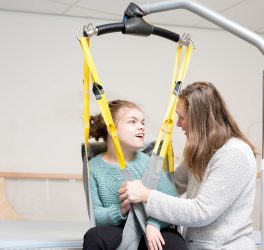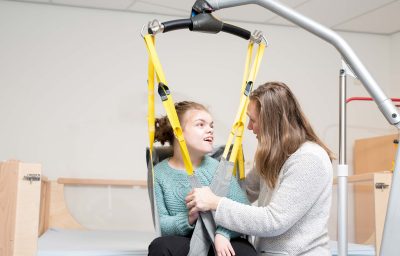The University of Alabama has been awarded a $1.5 million grant for an AI-assisted telehealth platform for people with disabilities.
The three-year grant from the National Institute on Disability, Independent Living and Rehabilitation Research is part of the Disability and Rehabilitation Research Projects funding program.
The proposal, titled “AI4CHRON – An Accessible and Inclusive Artificial Intelligence Assisted Chronic Disease Self-Management Telehealth Platform,” is looking to create a scalable solution that can be used by any person anywhere in the United States.
The recent trend inspired Asst. Professor Mohanraj Thirumalai of UA at Birmingham School of Health Professions’ Department of Health Services, in customer service of convergent or omnichannel communications, when the customer can reach out through various platforms — phone, email, text, chat, etc. — and continuity is maintained. This is difficult for people with disabilities because, even if they share a disability, their individual symptoms or scenario may be different.
“We will be working to allow for people with disabilities to be able to choose the method, the frequency and the length of how they communicate, and to make this possible; there will be a layer of artificial intelligence-supported natural language processing layers,” said Thirumalai.
“First, it is artificial intelligence — a machine talking to you and taking you as far as it can. Then the machine transfers them to a person — we call this the human handover.”
In this project, Thirumalai’s team will use an engineering-inspired strategy called a multiphase optimization strategy. To do that, they will work on variations of one solution. Some examples:
- Scheduling: Should there be a fixed amount of time and resources for the participant, or should they have total access as dictated by their needs?
- Gamification: Does awarding points or monetary rewards for participating in various activities affect outcomes?
- Combinations: What levels of human contact combinations and different technology combinations achieve the optimal solution for scalability?
Thirumalai points out that this is not only about a person’s disability. Their clients have chronic health conditions like diabetes, heart problems, hypertension, lung illnesses, and socioeconomic position.
“You can identify the most biologically effective diet or exercise program to treat chronic health conditions, but that program is essentially useless if it does not meet the client where they are in terms of current lifestyle and priorities,” Willig said. “Integration of the telehealth platform in a multiphase optimization strategy evaluation will allow us to develop behavioral health approaches that are more realistic and tailored to the individual’s goals and health needs.”
Work on the grant began Sept. 1, and will run through Aug. 31, 2023.








